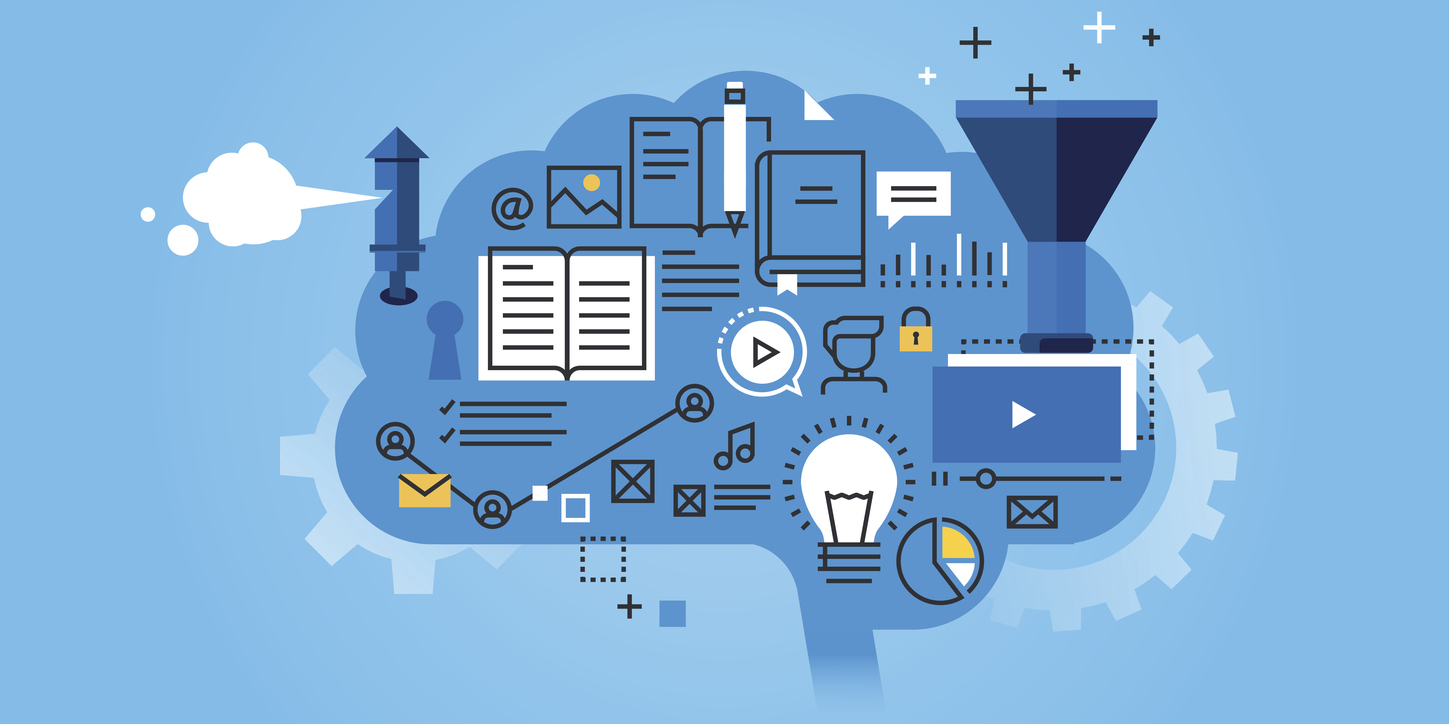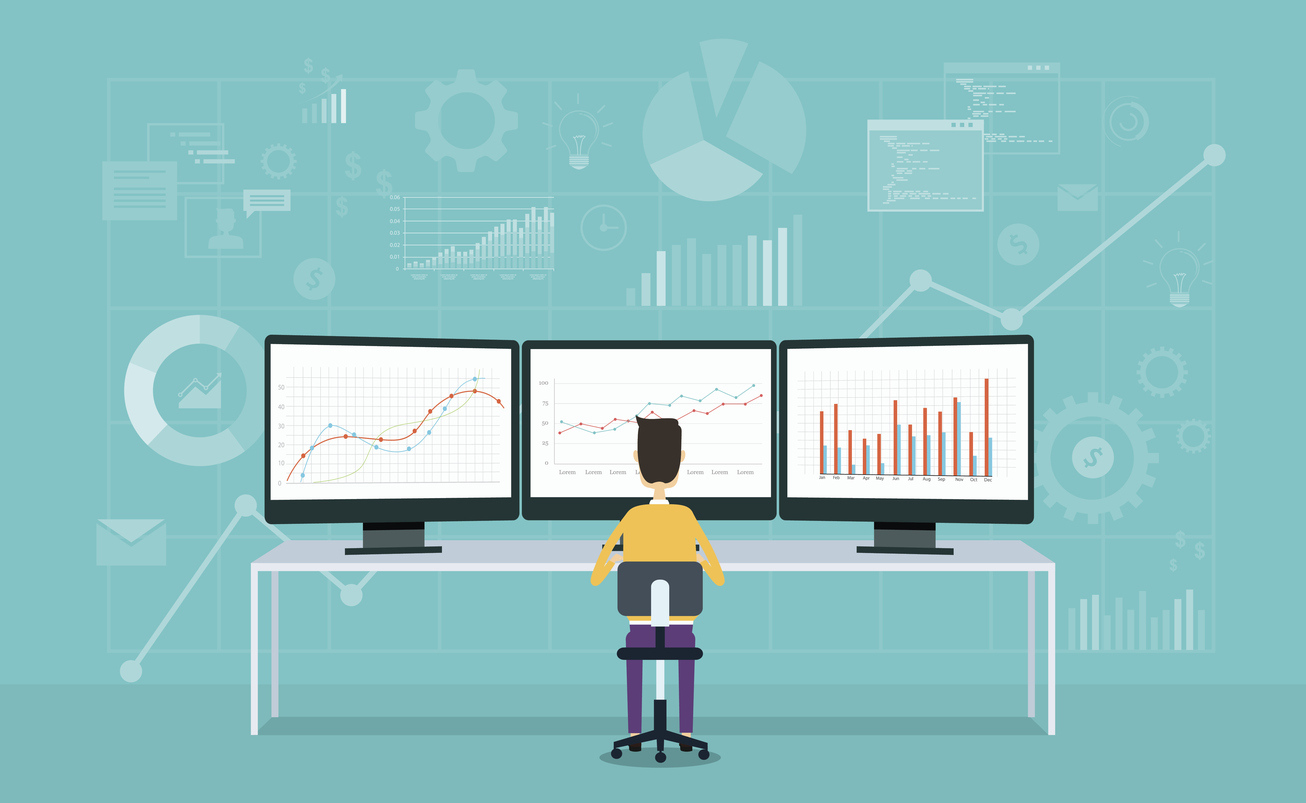
Utility Bills & IT: Why It’s Time for an Unlikely Match to Come Together
Urjanet Inc | April 5, 2017 | Data & Technology | Energy & Sustainability
Data is everywhere today. From customer data to market trend data to internal performance data, the ways in which organizations are tapping into vast stores of information to innovate how they do business and gain a competitive edge make for quite an interesting study.
But what about utility data? Sure, utility data isn’t the most glamorous, but if you harness it correctly, the results might surprise you. However, in order to reap the full reward of utility data analysis, IT needs to be a part of the equation. Unfortunately, far too often utility data either sits trapped in one department, gets managed by those without the skills to handle such complex data or is left to a third party without insight into business needs the data can help solve. It’s time to change all of that and unlock the power of utility data by bringing IT into the fold.
Utility Bills Are a Powerful Asset
There’s a lot that you can say about utility bill data: It’s lengthy, erratic, difficult to process and overall a challenge to handle. But if you can get the aggregation and management pieces right, it’s also enormously valuable.
For example, properly collecting and analyzing utility bill data can help make decisions that lead to benefits like:
- Uncovering savings: Because utility bills are so complicated, without proper data analysis it’s easy to miss “hidden costs.” Improving utility data analysis can also help to inform energy efficiency efforts that reduce costs and to negotiate lower prices in deregulated markets.
- Responding faster to RFPs: If you can respond quickly to RFPs, you can get in before the competition and demonstrate your responsiveness, ultimately boosting your chances of getting the deal. Increasingly, RFPs require sustainability data, making quick access critical.
- Improving market position due to transparency: Both investors and consumers increasingly prefer to spend their money with environmentally responsible companies, and what better way to demonstrate your efforts in this area than by being transparent with the public via regular sustainability reports?
- Increasing access to capital: Along the same lines, sustainable companies present less risk for investors and have fewer capital constraints, all of which equates to better access to funds.
- Enhancing operational efficiency: In order to optimize decision-making and make the entire process more efficient, you need easy access to clean, accurate and up-to-date data. This access also allows you to devote more time to strategic endeavors that are aligned to key business objectives.
But Far Too Often Utility Data Gets Trapped
If making sense of utility data offers such potential, why aren’t more organizations doing it? For many businesses, the answer is that getting that data into the right hands (let alone aggregating it for analysis) is simply too difficult.
In most companies today, utility bills go straight to the accounting department for payment. And this is typically where their journey ends, as accounting then archives and stores the bills. This process leaves departments like sustainability, energy management, facilities, real estate and procurement — all of which can benefit from the wealth of knowledge those bills contain — facing a difficult and tedious process to try to chase down the data. If they can get a hold of it, the data is often outdated by the time they do. Even then, they still need the right tools to make sense of it all.
Alternatively, there are some organizations that have attempted to introduce more formal utility data management, but these efforts have fallen short. In most cases, this data management has either been left to the individual departments that need the data, like sustainability and facilities, or been outsourced to a third party. This setup creates two potential problems: In the first scenario, the individual departments are not equipped to properly manage data of that magnitude and complexity from end to end, including the systems, integrations and sharing protocols required to get everything running smoothly and to share the data among all the necessary departments. In the second scenario, the third party may have the right experience to manage the data, but it does not have the necessary insight into the business needs and objectives to squeeze the most value out of the data for each of the departments involved.
It’s Time for IT to Take a Stand
 In order to unleash the power of utility data and all of the benefits it can deliver, IT needs to take a stand.
In order to unleash the power of utility data and all of the benefits it can deliver, IT needs to take a stand.
At first thought, it might seem like a mismatch — what does IT have to do with utility bills? — but when you dig a little deeper, it actually makes perfect sense. Afterall, it’s IT’s responsibility to help the organization perform optimally by ensuring that every department and user has the resources they need to do their jobs effectively and with as little friction as possible. Furthermore, the CIO or CTO executives who lead IT are often tasked to drive innovation and help shape the company’s relationships with key partners and markets.
Those job descriptions are a perfect match for what’s required to get utility bill data into the hands of every department that it impacts — not just accounting — and to enable those departments to make sense of the data and use it to make decisions that drive results like those listed above.
In the age of big data, IT is likely already involved in several different initiatives to collect and analyze data in order to make it actionable, and utility data should be no different in this regard. Just like it does with any other type of data, IT needs to take the lead when it comes to finding new solutions to improve data intake, aggregation and analysis for utility bills. This type of involvement by IT can resolve the challenges that currently leave utility data trapped. For instance, IT can institute processes that ensure data moves beyond IT to all of the departments that need it, IT has the proper skills to manage the enormous amount of complex data and IT has the necessary insight into business needs and objectives to present and analyze the data in a way that helps each department gain the most value from it and turn those insights into action.
Additionally, by providing this foundation of good data (i.e. access to accurate, timely data and the right tools to aggregate, manage and understand it all), IT can grease the wheels for more informed and more strategic analysis, decision-making and action. Ultimately, these activities can go a long way toward improving efficiency, positively changing how work gets done, spurring innovation, supporting strategic endeavors and enhancing the company’s position in the market — all of which should be top-level goals for IT departments and their executive leaders.
Making Utility Bills a Powerful Asset Starts With IT
The value that utility data can provide simply can’t be overstated. Between the cost savings that can come from informed energy efficiency efforts to the improved response from investors, partners and customers and everything in between, utility data management can become something of a secret weapon for the companies that do it well.
And therein lies the challenge, as doing utility data management well is very rare in today’s market. But it doesn’t have to be. With the right delivery, aggregation and standardization processes in place as well as cross-functional support from IT, utility data can move beyond accounting and into the hands of departments like sustainability, energy management, facilities, real estate and procurement that can use the insight it provides to drive measurable results for the entire organization.
Contact us to learn more about how to uncover utility bill insights.
Related Resources:
- 5 Ways to Lower Your Utility Bills This Summer
- What’s On a Bill? Account Data
- Announcing: Urjanet Utility Interval Data
If you like what you’re reading, why not subscribe?
About Urjanet Inc
Urjanet, the global leader in utility data aggregation, simplifies how organizations access and use utility data, enabling them to focus on their business. Our technology collects, processes, and delivers data from over 6,500 electric, natural gas, water, waste, telecom, and cable utilities worldwide.
You May Also Like
5 Steps to Audit Utility Data Quality
Honor Donnie | June 10, 2022 | Data & Technology
